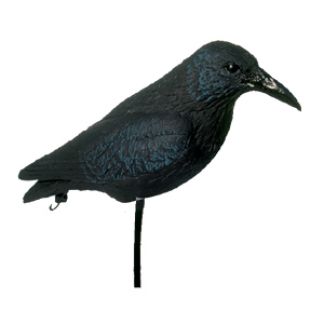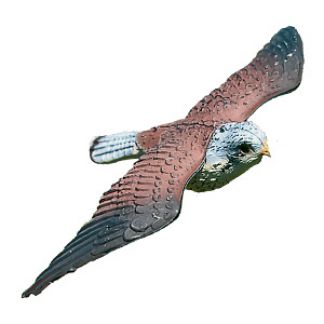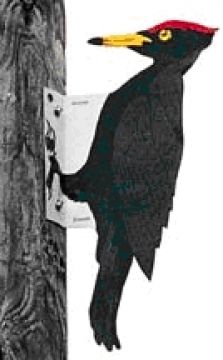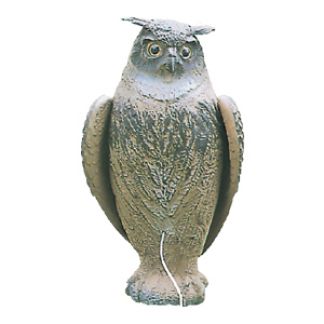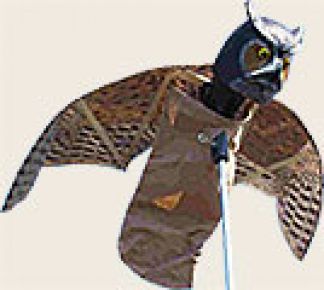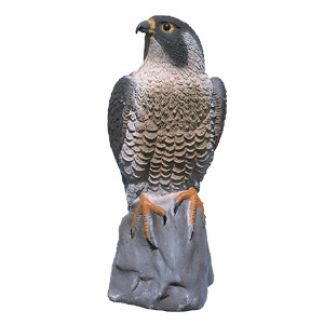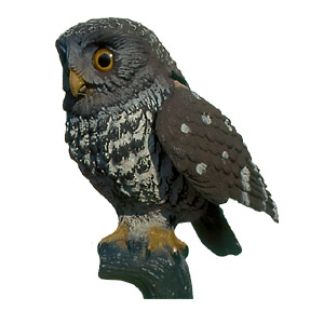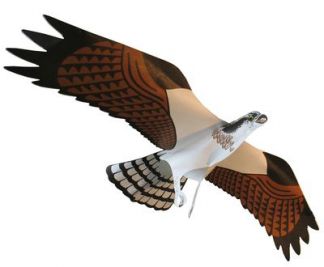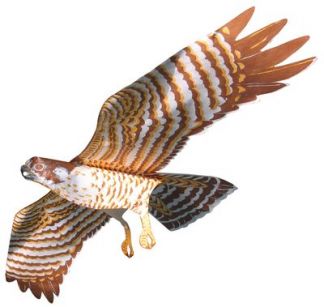Decoys
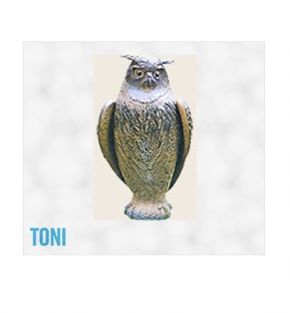
Predator decoys imitate natural enemies and thus increase hostile pressure in
the affected area.
Raptors always fall from the top. Therefore, our scarecrow dragon is so effective: it is attached to a rod and floats permanently 8m in height (starter set).
More Informationen in our CATALOGUE.
Predator decoys are available as “passive” decoys to hang or position and “active” decoys, flying robots and bird decoys with controllable movements.
- Predator decoys increase the natural hostilities in an affected area.
- Most decoys can be positioned in various locations. Raven, Eagle, Owl and Kestrel decoys can be hung almost anywhere; which moves in the wind, thus increases their effectiveness.
- Woodpecker decoys signal to other woodpeckers that the structure is “occupied”. As these birds are very territorial, the facades can be effectively protected from woodpeckers.
- Our predator kite for the agricultural sector consists of a 9.6m long fibre glass rod, with a 1.11m wingspan predator decoy attached. The decoy moves freely in the wind.
- Decoys and robot birds are suitable for low to medium populations of birds.
Raptors always fall from the top. Therefore, our scarecrow dragon is so effective: it is attached to a rod and floats permanently 8m in height (starter set).
More Informationen in our CATALOGUE.
 |
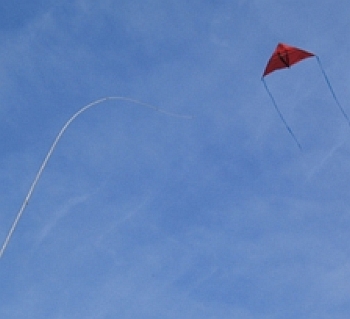 |
Pros
- Natural control method
- Short and medium term effectiveness depends on the population
- Universally deployable
- Weather resistant and robust
- The predator kite is ca. 10m high and can protect large areas.
Cons
- Visually noticeable
- High habituation effect, the birds recognise that the decoys are not dangerous.

